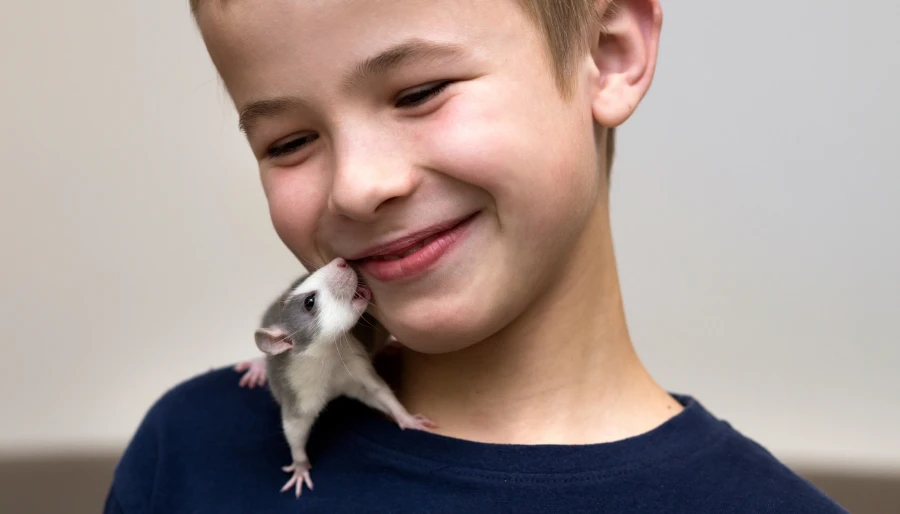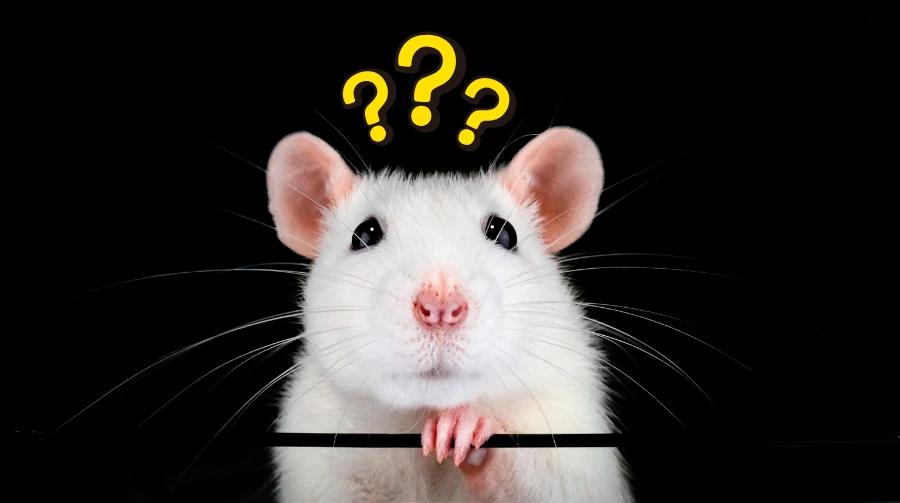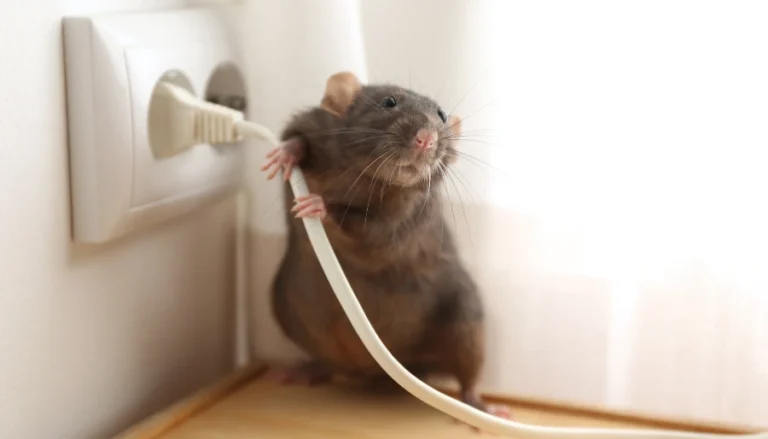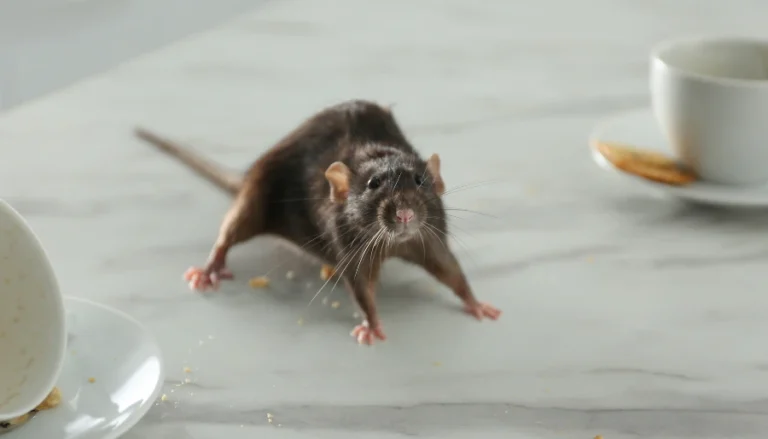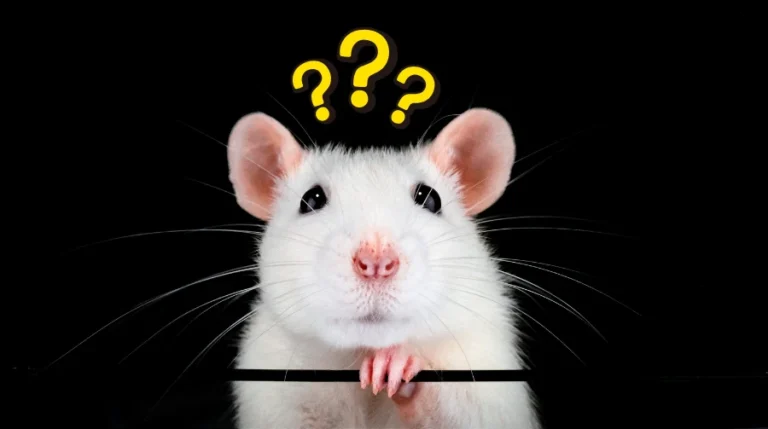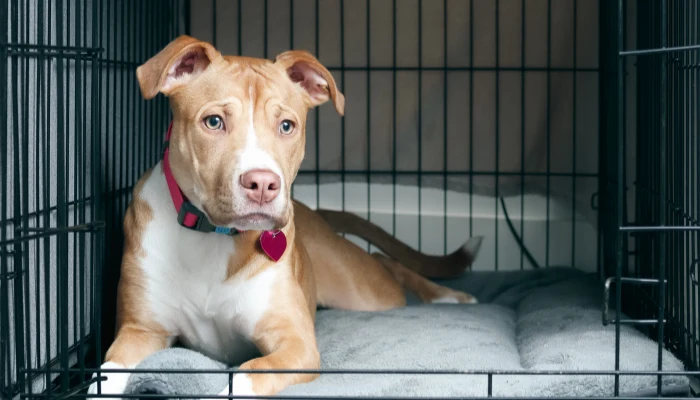If you’re new to pet rats (or pets in general), a bite can feel like a betrayal. These little animals are known for their gentle nature, so when one uses its teeth, parents often wonder what went wrong. The truth is, biting almost always has a reason. It’s not random, and it’s rarely about aggression for the sake of it. Once you understand why rats bite, you can teach your child how to respond calmly, build trust, and stop the behavior before it becomes a habit.
Here are the seven most common reasons pet rats bite and how to handle each one.
1. They’re Scared or Startled
Fear is one of the biggest reasons rats bite. A loud noise, sudden movement, or unexpected handling can trigger a defensive reaction. Imagine being picked up by something much larger than you without warning. That’s how it feels to them.
If your rat bites out of fear, slow things down. Encourage your child to move gently, speak softly, and let the rat sniff their hands before trying to pick it up. Over time, the rat will start to feel safe, and biting should stop.
2. They’re Protecting Their Space
Rats are territorial, especially around their cages. If a hand suddenly enters what they consider their home, they might nip to defend it. This is known as cage aggression, and it’s more about boundaries than hostility.
Teach kids to approach with care. Instead of reaching straight into the cage, open the door and let the rat come out on its own. Once outside, most rats are far less defensive and more eager to interact.
Help your child learn how to pay attention to the rat’s body language and why it matters.
3. They Mistake Your Hand for Food
Rats explore the world with their mouths. If your hand smells like food, they may think it is food and give it a test nibble. This usually isn’t a hard bite but more of a curious taste. Think of it as an exploratory nip.
Make handwashing part of the routine before handling. If your child was just eating a snack or touching something sweet, that scent can confuse the rat. Clean hands make mistaken bites far less likely.
And this is also a great opportunity to include your child in a discussion about what his/her pet rat eats and why. Talk to your kid about what snacks are safe for their pet rat and what foods could actually harm it.
4. They’re Hormonal or Overstimulated
As rats grow, hormonal changes can affect their behavior. Teenage male rats might nip more during adolescence. They can also become overstimulated during play, turning what started as gentle mouthing into a firmer bite.
If this happens, give them a short break to calm down. Encourage your child to pause play sessions when the rat shows signs of excitement, like quick movements or intense sniffing. Consistency and patience usually solve this problem as the rat matures.
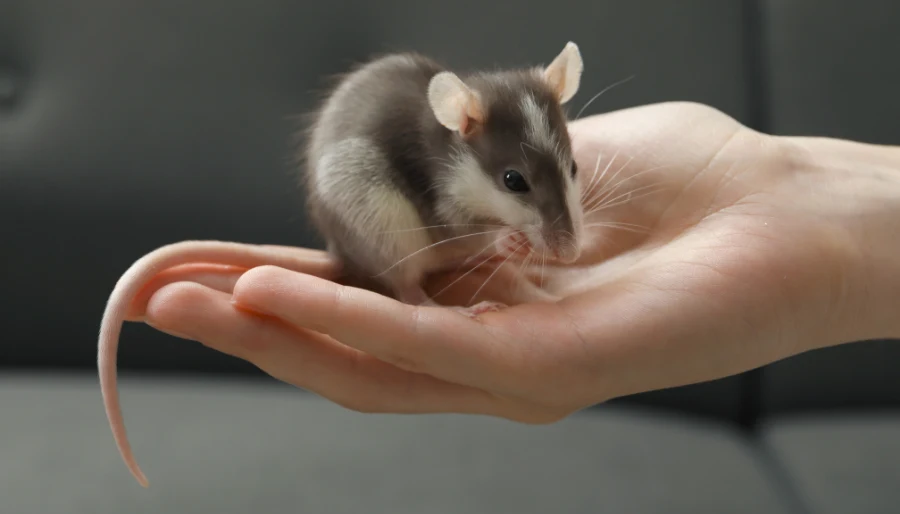
5. They’re Sick or in Pain
Pain changes how animals behave, and rats are no exception. A normally gentle rat may bite if handled in a way that hurts. Even a small injury or hidden illness can make them reactive.
If your rat suddenly starts biting and nothing else has changed, schedule a vet visit. Check for signs like limping, hunched posture, or loss of appetite. Teaching kids to notice these details helps them understand that biting can sometimes be a cry for help.
6. They Haven’t Learned to Trust Yet
Some rats bite simply because they’re not used to humans. This is common in newly adopted rats or those that weren’t handled much when young. They don’t know, yet, that hands mean safety.
The solution is gentle, consistent handling. Let the rat explore your hands without pressure. Offer treats from your palm and keep interactions short and positive. Over time, trust replaces fear, and biting stops.
It’s also worth reminding kids that trust isn’t instant. Rats need time to feel safe, just like people do. It takes consistency and kindness to build trust with your pet rat.
7. They’re Communicating a Boundary
Sometimes a bite is your rat’s way of saying, “I’ve had enough.” Maybe they don’t want to be held anymore or need a break from playtime. These bites are often gentle at first, more like a warning.
Help your child learn to spot early signals before it reaches that point. If the rat squirms, pulls away, or stops engaging, it’s time to pause. Teaching children to respect these signals builds a stronger bond and reduces biting over time.
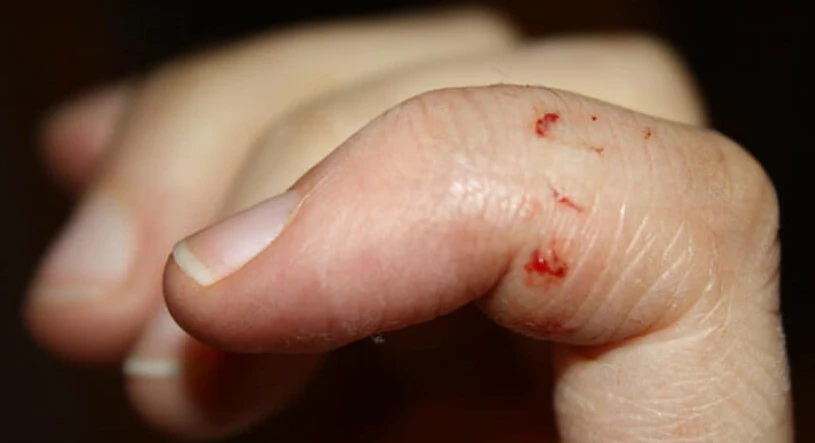
How to Respond When a Rat Bites
How you react matters. Yelling, pulling away quickly, or punishing the rat makes things worse and increases fear.
Instead, stay calm. It’s a bite from a little rat, not a great white shark!
If you pull away, you’ll make the bite worse, and the rat may react instinctually from shock and fear and bite down. I’ve never known a rat to bite and hold. The rat will let go quickly, just give it a second.
Gently say “no,” then put the rat back in its cage for a few minutes. That brief timeout helps them understand that biting ends play.
Never hit, flick, or shout at a rat. Those actions break trust and often lead to more biting. Consistency, patience, and understanding are far more effective. Please remember that unlike dogs and cats, rats are prey. That’s their baseline mindset, and you want to make sure they know that they’re safe at all times with you and your child.
Teaching Kids to Handle Biting the Right Way
A bite can scare a child, especially if it’s unexpected. It’s important they know it’s not personal. Explain that the rat isn’t being “mean.” It’s trying to communicate something like fear, discomfort, curiosity, or pain.
This is a prime teaching opportunity, so don’t react emotionally. See this bite for what it is and use it to help your child grow and learn about animals and how all things communicate in their own way.
More To Discover
- Wind Turbines And The Catastrophic Case of Bat Attractions
- Squirrels in Your Garden? Why They’re Not Pests and How to Attract Them for Some Backyard Fun!
- 6 Steps Is All It Takes to Set Up Your Own at Home Wormery
- Silkworms Challenge Nylon and Kevlar in Environmental Showdown: Genetically Enhanced Caterpillar Set to Revolutionize Green Fabric Production
Teach them to stay calm, wash the bite if it breaks the skin, and tell an adult right away. Then talk through what might have caused it. This turns a stressful moment into a learning experience and helps prevent future bites.
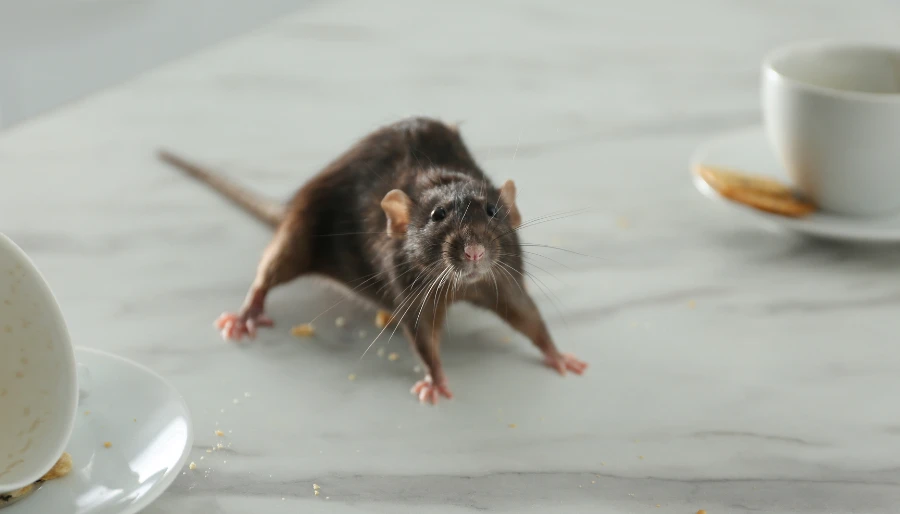
Key Takeaways for Parents
- Biting is communication, not aggression. It usually means fear, pain, confusion, or a boundary.
- Slow, calm handling builds trust and reduces fear-based bites.
- Clean hands prevent mistaken food bites.
- A sudden change in behavior may point to illness and should be checked by a vet.
- Teaching kids how to react calmly keeps both them and the rat safe.
Final Thoughts
Pet rats are gentle by nature. When they bite, it’s almost always because they’re scared, unsure, or trying to tell you something. Once you understand why it happens, it’s much easier to fix. With patience, consistency, and a little empathy, most biting disappears and the bond between your child and their pet grows even stronger.

